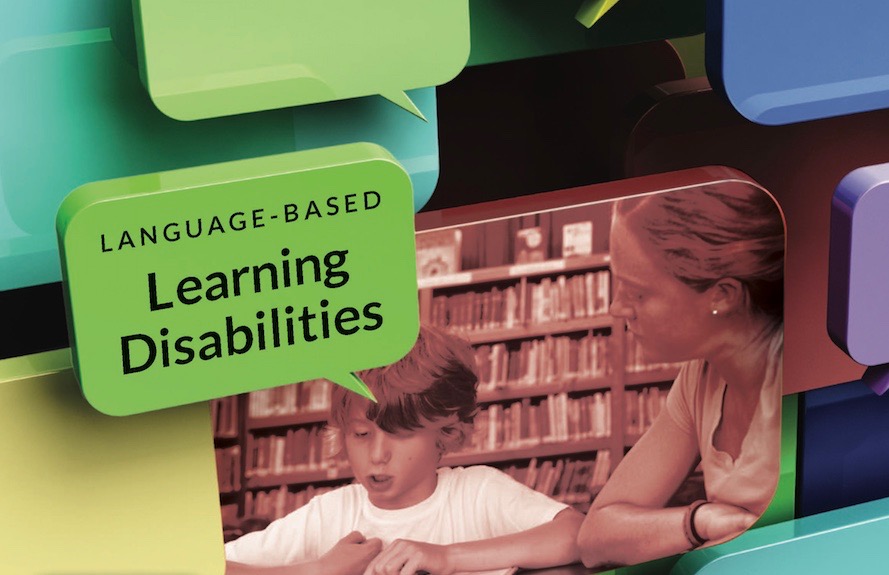Micro-uniting and structuring tasks can help students with language-based learning disabilities complete assignments that meet classroom expectations. Poor work quality from students with learning disabilities most often reflects their lack of knowledge or skill. While it is true that some students don’t seem to put in the effort we’d like to see, it is most often because they’re overwhelmed, or have experienced so many failures that they’ve stopped trying. Putting Landmark’s third teaching principle (Micro-Unit and Structure Tasks) into action is one excellent way to help students learn and demonstrate what they know.
As teachers, we have the opportunity to ensure our students know what to do and know how to do it. Whether the task is taking notes, preparing for a test, learning new vocabulary, writing, or working collaboratively on a project, we can micro-unit and structure activities to empower all students to learn successfully. Breaking complex and challenging tasks down to their key parts and structuring them into logical order is a life skill.
Micro-uniting tasks is one easy way to make sure more of our students have a clear sense of what steps they must take to achieve a goal. However, this is more difficult than it seems. In order to do this, we must categorize our material into essential content and essential skills when we plan for teaching.
If we’re teaching poetry, for example, or World War II, what constitutes essential content?
If we’re teaching essay-writing skills, for example, or the scientific method, what constitutes essential skills?
LANDMARK TEACHING PRINCIPLE™ #3: Micro-Unit and Structure Tasks
Effective teaching involves breaking information down into its smallest units and providing clear guidelines for all assignments. This is especially important for students with learning disabilities. Micro-uniting and structuring are elements of directive teaching, which Landmark consistently uses with students. Micro-uniting means analyzing the parts of a task or assignment and teaching those parts one step at a time. Teachers organize information so that students can see and follow the steps clearly and sequentially. As students learn to micro-unit for themselves, they become less likely to give up on tasks that appear confusing or overwhelming. Consequently, these strategies enable students to proceed in a step-by-step, success-oriented way.
For the full text of Landmark’s Six Teaching Principles™, including “Micro-Unit and Structure Tasks,” click here.



